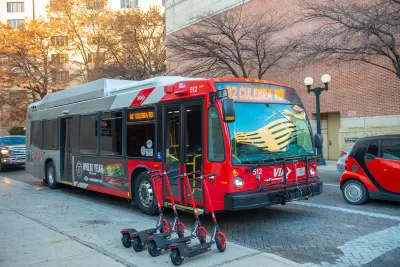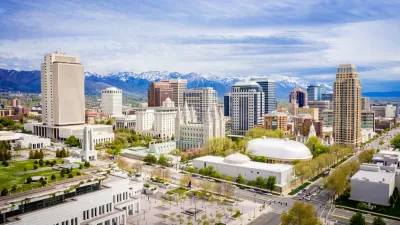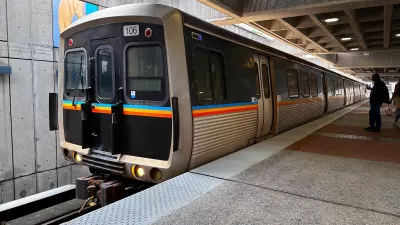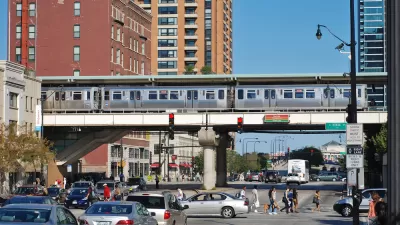Smaller transit agencies face some unique challenges.

While the focus of transit coverage skews toward big cities, mid-sized cities face their own transit struggles. In a piece in Streetsblog USA, Kea Wilson explains why smaller cities have a hard time maintaining reliable public transit systems.
A new analysis points to “the unique challenges of maintaining stable service in relatively less-populous urban areas that often gobble up outsized swaths of land” as a major reason why mid-sized cities had less reliable transit.
The article highlights cities like Baltimore, Orlando, Denver, and Sacramento, which all feature sprawling, car-dependent metro areas that “push residents to live and work on the auto-oriented edges of town and leave transit behind completely, starving agencies of the fares they need to make service improvements and making matters worse for the riders who remain.”
Smaller transit agencies face the same challenges as larger ones across the nation, including staffing shortages and budget shortfalls that make it difficult to improve service. Many also have a hard time tracking their service frequency and reliability because their vehicles lack GPS or other tracking devices. Meanwhile, a lack of dedicated transit infrastructure in smaller regions means bus service is impacted by car traffic.
Some, like Portland and San Antonio, still rate highly for transit reliability for their combination of service and data availability. “And if Baltimore and cities like it can't follow their lead, it doesn't bode well for their ability to deliver everything else a great transit network can provide.”
FULL STORY: Why Transit Reliability is Difficult in Midsized Cities

Study: Maui’s Plan to Convert Vacation Rentals to Long-Term Housing Could Cause Nearly $1 Billion Economic Loss
The plan would reduce visitor accommodation by 25,% resulting in 1,900 jobs lost.

North Texas Transit Leaders Tout Benefits of TOD for Growing Region
At a summit focused on transit-oriented development, policymakers discussed how North Texas’ expanded light rail system can serve as a tool for economic growth.

Using Old Oil and Gas Wells for Green Energy Storage
Penn State researchers have found that repurposing abandoned oil and gas wells for geothermal-assisted compressed-air energy storage can boost efficiency, reduce environmental risks, and support clean energy and job transitions.

Santa Barbara Could Build Housing on County Land
County supervisors moved forward a proposal to build workforce housing on two county-owned parcels.

San Mateo Formally Opposes Freeway Project
The city council will send a letter to Caltrans urging the agency to reconsider a plan to expand the 101 through the city of San Mateo.

A Bronx Community Fights to Have its Voice Heard
After organizing and giving input for decades, the community around the Kingsbridge Armory might actually see it redeveloped — and they want to continue to have a say in how it goes.
Urban Design for Planners 1: Software Tools
This six-course series explores essential urban design concepts using open source software and equips planners with the tools they need to participate fully in the urban design process.
Planning for Universal Design
Learn the tools for implementing Universal Design in planning regulations.
Ascent Environmental
Borough of Carlisle
Institute for Housing and Urban Development Studies (IHS)
City of Grandview
Harvard GSD Executive Education
Toledo-Lucas County Plan Commissions
Salt Lake City
NYU Wagner Graduate School of Public Service





























